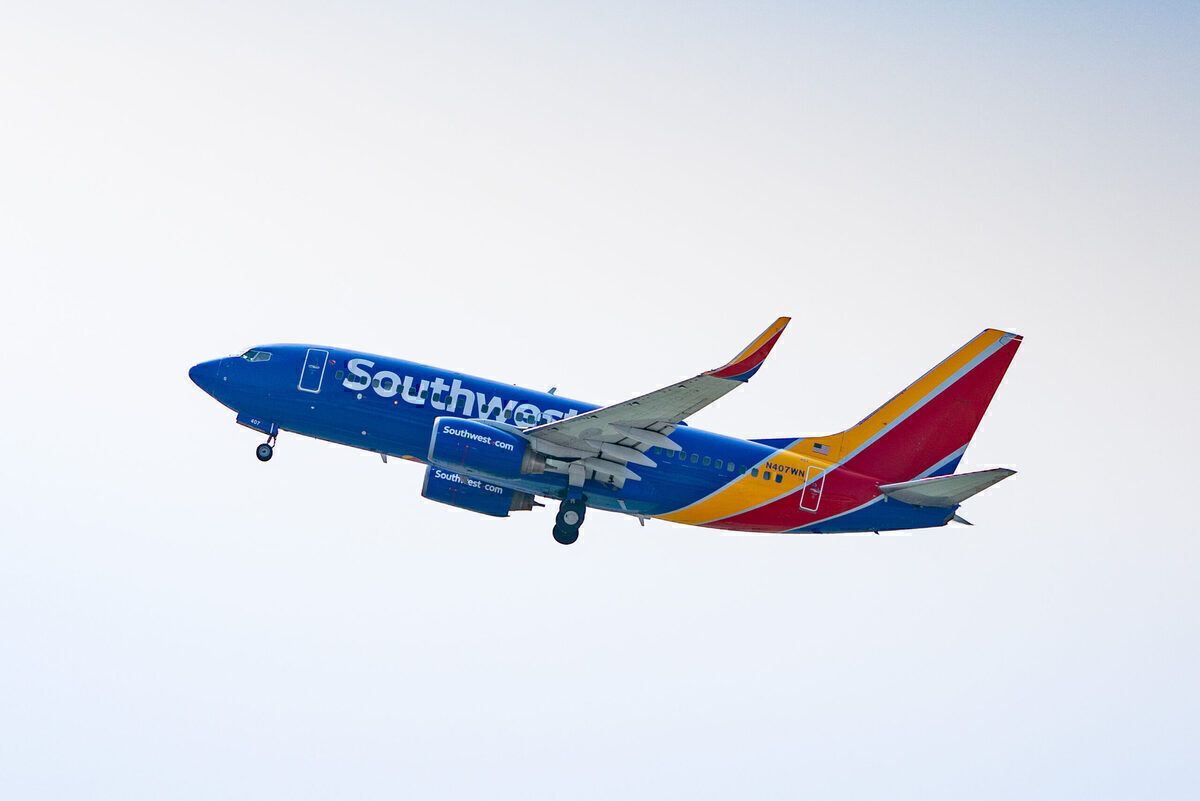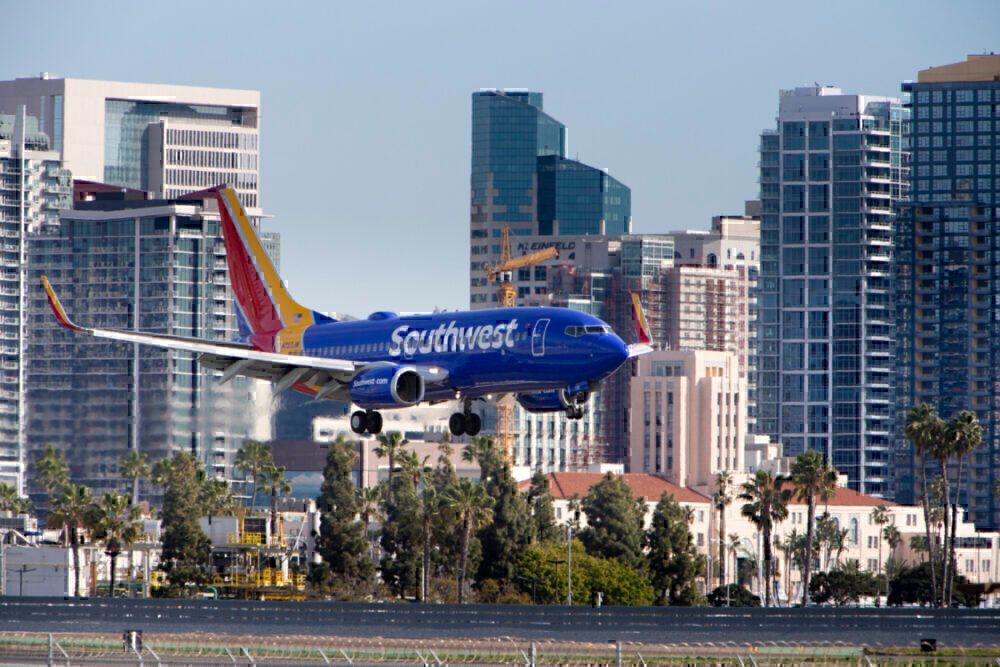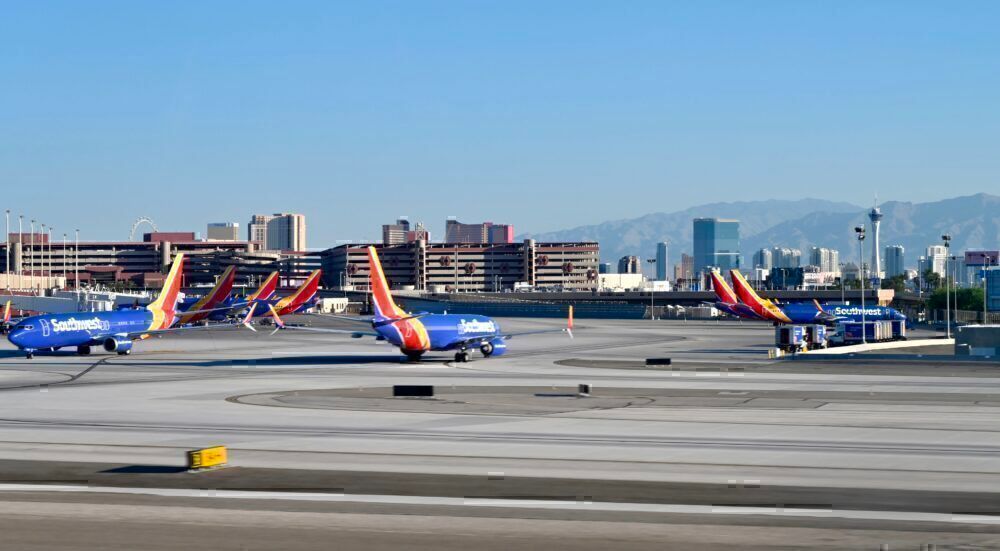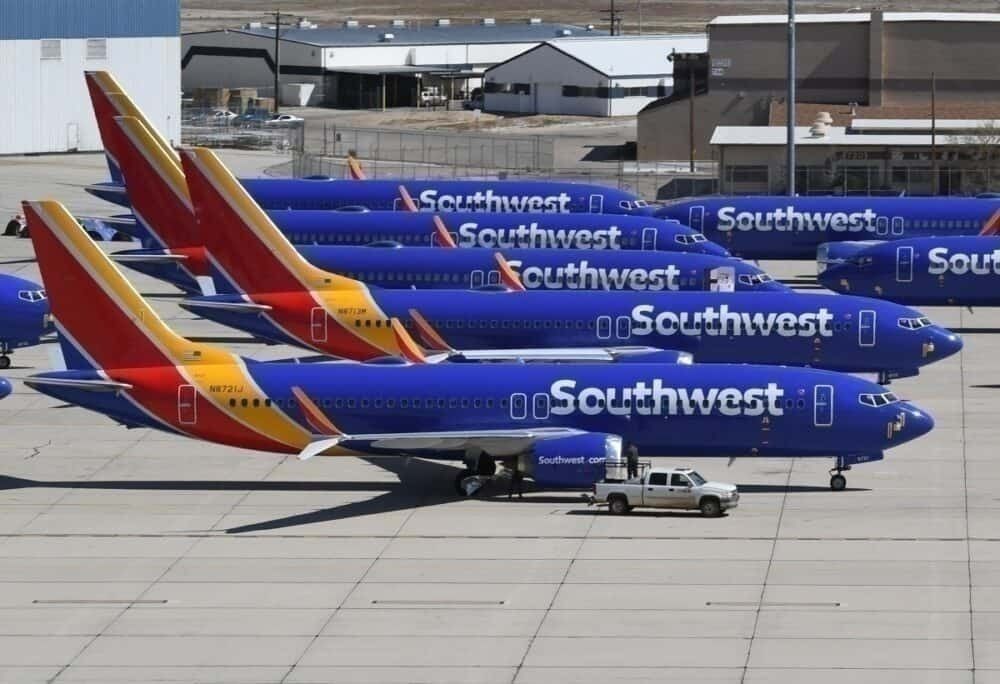Southwest Airlines has been blocking middle seats for several months. While, at the start, it did not cost the airline much, it is now becoming clear that it is not a financially wise decision to continue blocking the seats. In fact, by the end of November, Southwest expects blocked middle seats could cost the airline up to $100 million in total.
The cost of black middle seats
Tom Nealon, President of Southwest Airlines, stated during the airline's third-quarter earnings call that the cost was fairly immaterial in July and August, given suppressed travel demand. However, by September, things had changed.
In September, Southwest Airlines estimated the financial impact from blocking middle seats was $20 million. In October, the airline also expects a $20 million hit to pre-tax results. However, in November, the airline expects the impact to be between $40 million and $60 million. If it comes out at the high-end, then Southwest will take a $100 million hit in 2020 from blocking middle seats.
What does the airline mean by "cost"?
Cost is not necessarily money the airline has to spend. Blocking middle seats did not require Southwest to make a payout to anyone or record anything on its financial tables. Instead, it is better to take this as lost revenue.
With blocked middle seats, essentially, Southwest is unable to take in an extra $20 million in revenue in September and October and up to $60 million in November. While the airline added 19,000 additional flights in the third quarter, it still spilled over a fair bit of revenue.
Thanksgiving will account for the big hit in November. It is one of the busiest domestic travel periods in the United States, and Southwest is blocking seats through the holiday. While it can add more flights to help capture some of that demand, it will not fully realize its revenue potential.
December cap eases make sense
From December 1st, Southwest Airlines will no longer be blocking any middle seats. This makes a lot of financial sense. If the airline expects up to $60 million in lost potential in November, it will likely be higher in December, when the Christmas and New Years' holidays will push many who maybe have not traveled this year to consider a winter getaway.
Southwest's market is mostly domestic. So, its passengers are mostly traveling throughout the United States and can be categorized under the visiting friends and relatives (VFR) travelers.
The airline expects to turn a loss this year, which is unsurprising, but it is a big deal in Southwest's history after over 40 years of consecutive profits. As such, the airline is looking to get as much revenue as possible to mitigate losses and stay afloat.
Not to mention, data is showing that travelers in the US appear fine to take a full(ish) flight. Various scientific studies, which Southwest cited in easing its load caps, also show that air travel is relatively safe, assuming passengers and airlines take necessary precautions. Through December, face coverings will definitely be mandatory across airlines.
Do you think Southwest is making the right decision by easing load caps? Do any of these numbers surprise you? Let us know in the comments!




